The Nikon Z9 is now officially its incoming full-frame mirrorless flagship camera for pros, thanks to a recent development announcement.
While we have very few official specs to go on, some recent rumors have potentially filled in the sketch that Nikon has drawn for a camera that it's promised will 'surpass' the Nikon D6, its current top-of-the-range DSLR.
This makes the Nikon Z9 something of a watershed moment for cameras – as the spiritual successor to the Nikon D6, it marks the end of an era where DSLRs were the format of choice of pro sports flagships.
The rumored specs for the Nikon Z9, which we've examined in depth below, provide a few hints as to why Nikon has decided that now is the time to make a mirrorless equivalent of the D6. Another huge factor is the Z9's choice of sensor tech, which is one of the few things that Nikon has, so far, officially confirmed.
Overall, the Nikon Z9 is shaping up to be a very capable and expensive hybrid camera, intended to provide the speed and image quality (for both stills and video) that pros demand. It will sit above the Nikon Z7 II and Nikon Z6 II, and will compete, almost spec-for-spec, with the incredibly advanced Sony A1.
But how exactly is it planning to do that and in what ways will it take Nikon's mirrorless camera tech forward? Here's our analysis of all the latest rumors that Nikon will reportedly be test-driving at the 2021 Tokyo Olympics.
Nikon Z9 release date and price
The Nikon Z9 is expected to be released towards the end of the year, with Nikon Rumors claiming it'll be in "the fall of 2021". In other words, sometime between September and November.
It seems feasible that Nikon will use demo shots around the Tokyo Olympics, which start on 23 July, to tease the camera, then announce an on-sale date within the next month or two after the games finish.
However, right now, all Nikon has officially said is that "information regarding the release of this product will be announced at a later date". So we're awaiting further official updates on that.
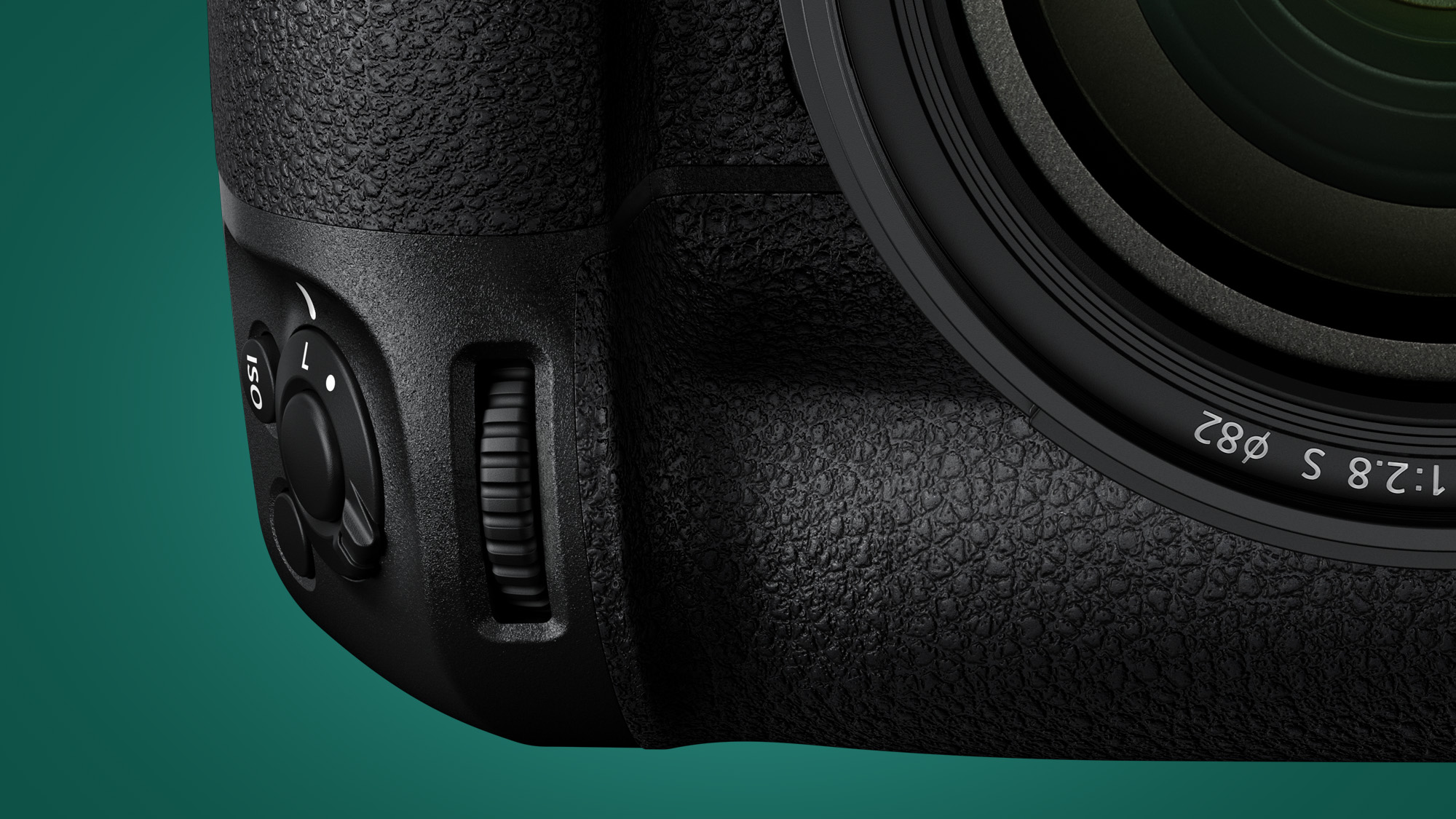
How much is the Nikon Z9 likely to cost? Naturally, it's expected to be considerably pricier than the likes of the Nikon Z7 II. In fact, it will part of an interesting new category of mirrorless cameras aimed at very well-heeled enthusiasts and demanding professionals.
Right now, the latest speculation is that the Nikon Z9 will cost between $6,000 and $7,000, which would likely equate to around £6,000 / AU$10,700. These are currently very rough guesses, but that price tag would put it in similar territory to the Sony A1, which costs $6,500 / £6,500 / AU$10,499.
At that price, there are several very attractive competitors. You could spend a little less on the Fujifilm GFX100S, which has an even larger medium format sensor, but slower burst shooting. The Z9's rumored price is also roughly twice as much as the Nikon Z7 II – though as we'll see, the Z9 does promise to take Nikon's mirrorless cameras to another level.
Design and EVF
Design is where the Nikon Z9 separates completely from cameras like the Canon EOS R5 and Sony A1.
It looks much more like a Nikon D6 DSLR, with a large battery grip. The Z9 will apparently leave out the D6's second rear display, but that's a simple monochrome mode screen, so wouldn't be a huge loss – as long as the functionality is compensated for elsewhere.
You can expect the Nikon Z9 to be lighter than the monster 1.27kg Nikon D6, and its shutter to be a whole lot quieter. That is a major benefit for covert nature and sports photography.
Being a mirrorless camera, the Nikon Z9 will of course have an EVF (electronic viewfinder) rather than an optical viewfinder. The only word on this display so far is that it will be blackout-free — in other words, it won’t 'strobe' as you shoot bursts of photos. But we don’t yet have any information about its resolution.
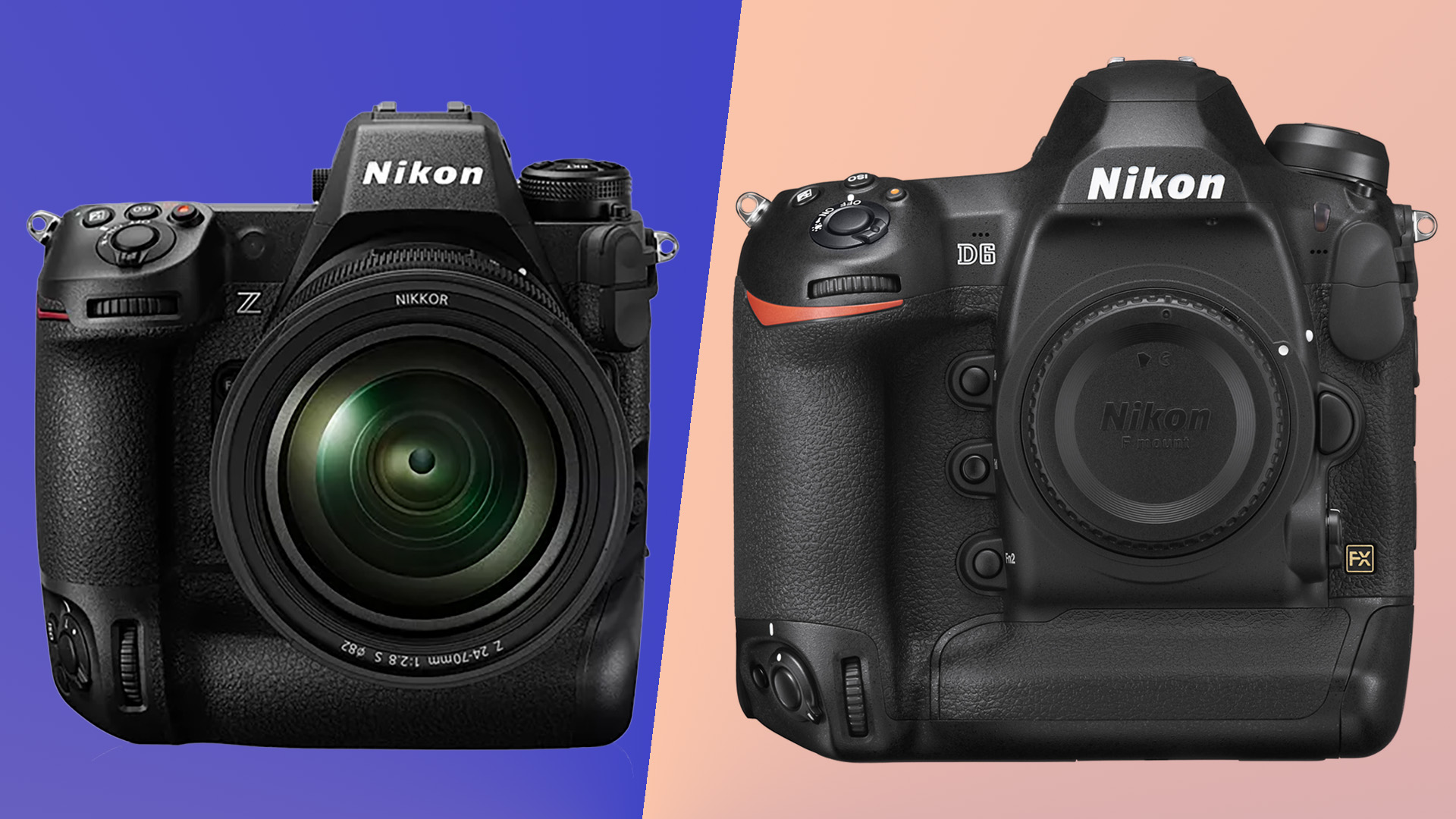
We’d like to see the NIkon Z6 get a 9.44-million dot EVF in the camera, equivalent to 2048×1536 pixels. But will we get one? The rumors suggest not.
Nikon is yet to use such a high-resolution EVF in its mirrorless cameras. But Sony has already used a panel of this quality in the Sony A7S III and Sony A1. It’s about time Nikon caught up, as duch an EVF would also likely have a 240Hz refresh rate.
That’s the dream spec we are after, Nikon Rumors suggests the Z9 will instead have a 5.67-million-dot EVF (1600 x 1200 pixels). This is based on its less-than-tech-packed approach to the Nikon D6, although the pieces of slightly dated tech in that camera can be attributed to Nikon’s focus on mirrorless. DSLRs don’t get as much love as they once did.
Sensor and burst shooting
The Nikon Z9 is part of a new class of mirrorless cameras that matches high sensor resolution with burst shooting speeds that beat plenty of pro sports DSLRs.
One of the few specs that Nikon has confirmed is that the Z9 will have a newly developed stacked FX sensor. This is an exciting prospect – stacked sensors have faster read-out speeds than the current generation of BSI (backside-illuminated) sensors, which means the Nikon Z9 should offer improvements to burst shooting, autofocus and viewfinder latency compared to its current Z series models.
What we don't yet know is what the Z9 sensor's resolution will be. Back in October 2020, the rumors suggested it would have a 46MP full-frame sensor with a maximum burst speed of 20fps. But speculation has shifted towards the Z9 matching the Sony A1 with a 50MP sensor.
According to Nikon Rumors, Nikon has tested 46MP, 50MP and 60MP sensors for inclusion in the Z9, but the most tips it's received are for the 50MP sensor. This would appear to make the most sense – after all, the Nikon Z7 II already has a 45MP sensor, while a 60MP chip might have knock-on effects for its speed and buffer when shooting bursts.
Whatever sensor Nikon has gone for, the Z9 is predicted to have a max burst shooting rate of 20fps – that's very quick, but wouldn't quite match the Sony A1's 30fps top speed when using its electronic shutter.
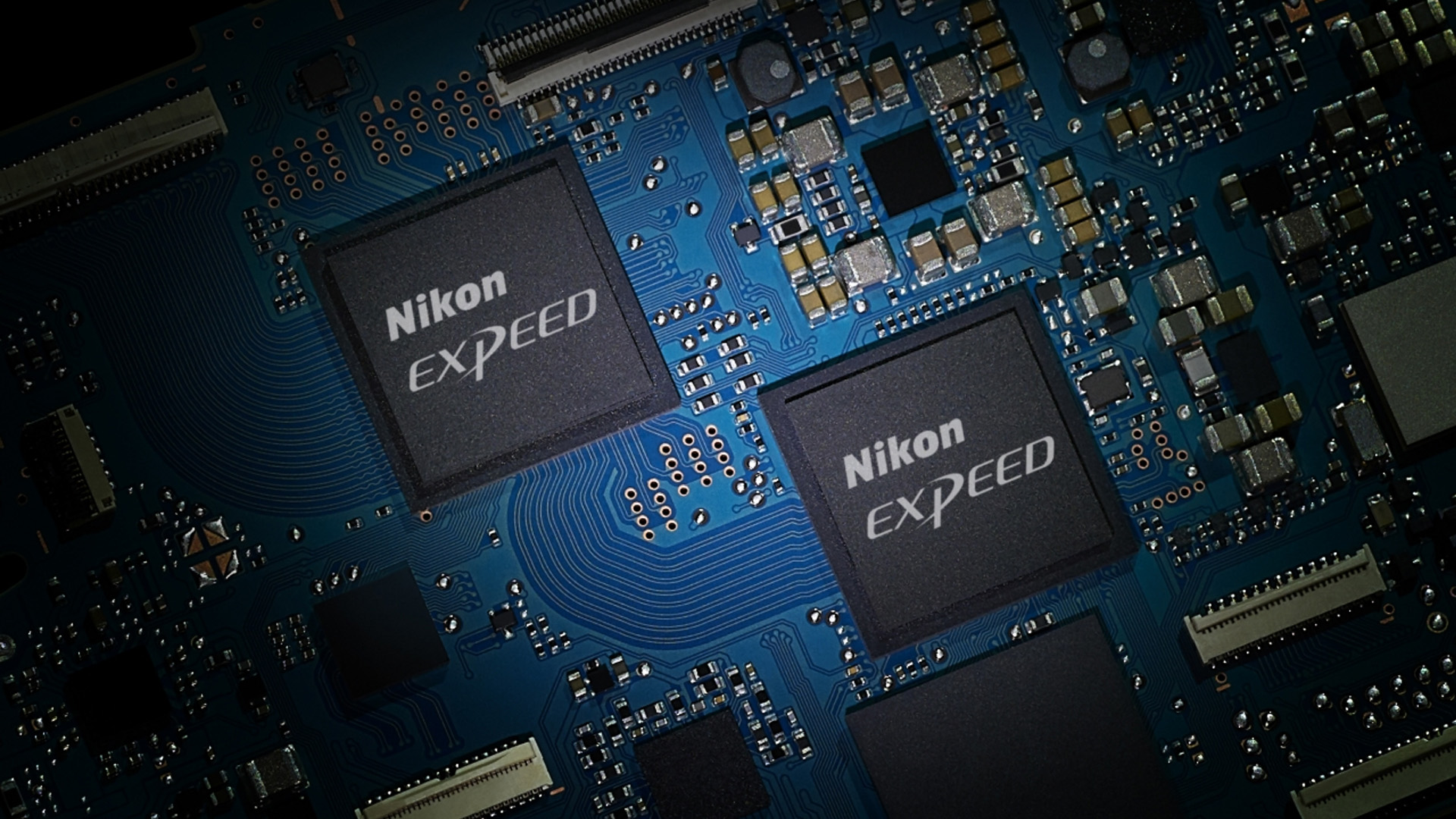
Indeed, the Nikon Z9’s rumored specs are much closer to those of the Canon EOS R5, which is available for $3,899 / £4,199 / AU$6,899. It’s enough to make you question the Z9's rumored $6,000-$7,000 price, or these core specs.
But Nikon can win us back with a buffer that makes the 20fps more useful in a pro context. There are no leaked specs for burst duration, but the Canon EOS R5 taps out after 180 raw files, the Sony Alpha A1 after 96 lossless raws (or 82 uncompressed ones).
The Z9's native ISO range is rumored to be 64-25,600, with two extended modes above that. ISO 51,200 and 102, 400 are the standard steps above 25,600. However, the only real point of interest here is that the base ISO appears to be lower than the ISO 100 of the Nikon D6, Sony A1 and Canon EOS R5.
AF and video
The Nikon Z9 will reportedly have 'improved' AF, but this seems likely to refer to its ability to track objects: faces, eyes and animals, rather than necessarily the number of focus points.
Other Z-series mirrorless camera have a number of focus points roughly relative to their resolution. And this suggests the Z9 will have a number of AF points similar to the 493 of the Nikon Z7 II.
We expect the Nikon Z9 to use a similar core system, too, of 'hybrid' focus points that can use either contrast-detect or phase-detect autofocus. Real-world performance improvements are likely to stem from the Nikon Z9’s new Expeed processor.
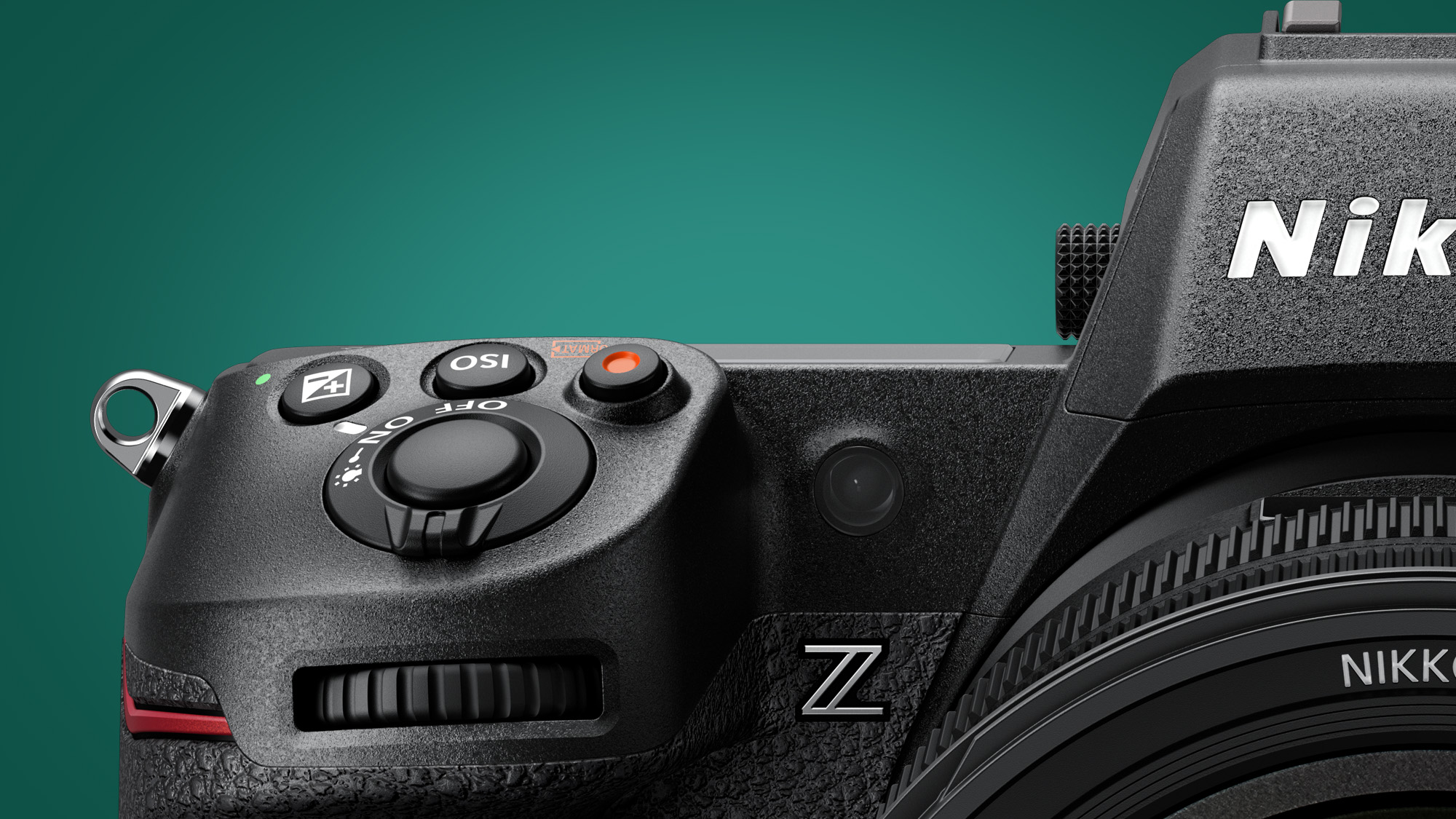
This new processor will also allow for 8K video capture at 30fps, one of the camera’s officially confirmed new core features. Its other video shooting skills are likely to match the Sony A1's, which means 4K at up to 120fps.
If the Nikon Z9 has a 46MP sensor, rather than 50MP or 60MP, then it's likely that less downsampling will be needed. Take 16:9 8K and map it onto a 4:3 aspect sensor and you end up with a 44MP chip, close to 46MP. It may not use downsampling at all, too, instead cropping just slightly at 8K to use its 'native' pixels.
Blackmagic RAW and Apple ProRes RAW support are likely to be baked in, too. These are available in the Nikon Z7 II and Z6, but only through a $200 upgrade that makes you send your camera back to a service center.
With these kinds of pro-level features, the Nikon Z9 is an obvious candidate for the 8K raw feature of the Canon EOS R5. However, we’d also like to see some efficiency compression involved to avoid the CFExpress-chewing bit rates of the R5. Without that, 8K footage is a much less friendly feature, eating through expensive storage at a rate of knots.
Battery and connectivity
Nikon will reportedly introduce a new battery for the Z9 called the Nikon EN-EL18x. But this name does not help us out particularly as, for example, the “EN-EL15c” of the Nikon Z7 doesn’t not relate direct specifically to its capacity in mAh or Wh.
Still, you can expect much better stamina than the Nikon Z7, which is rated for 420 shots using the rear LCD. We expect a slightly modified take on the Nikon D6’s battery, which has 3,300mAh capacity.
Consistent with its status as a pro camera, the Nikon Z9 is likely to have a Gigabit Ethernet port as well as the usually GPS and Wi-FI connections, plus USB-C.
Card slots are reported to be two slots that accept XQD and CFExpress Type B cards. There’s no cheap option here, but a pair of CFExpress Type B cards would be a great (and necessary, in some cases) fit for both intensive burst shooting and 8K video capture.
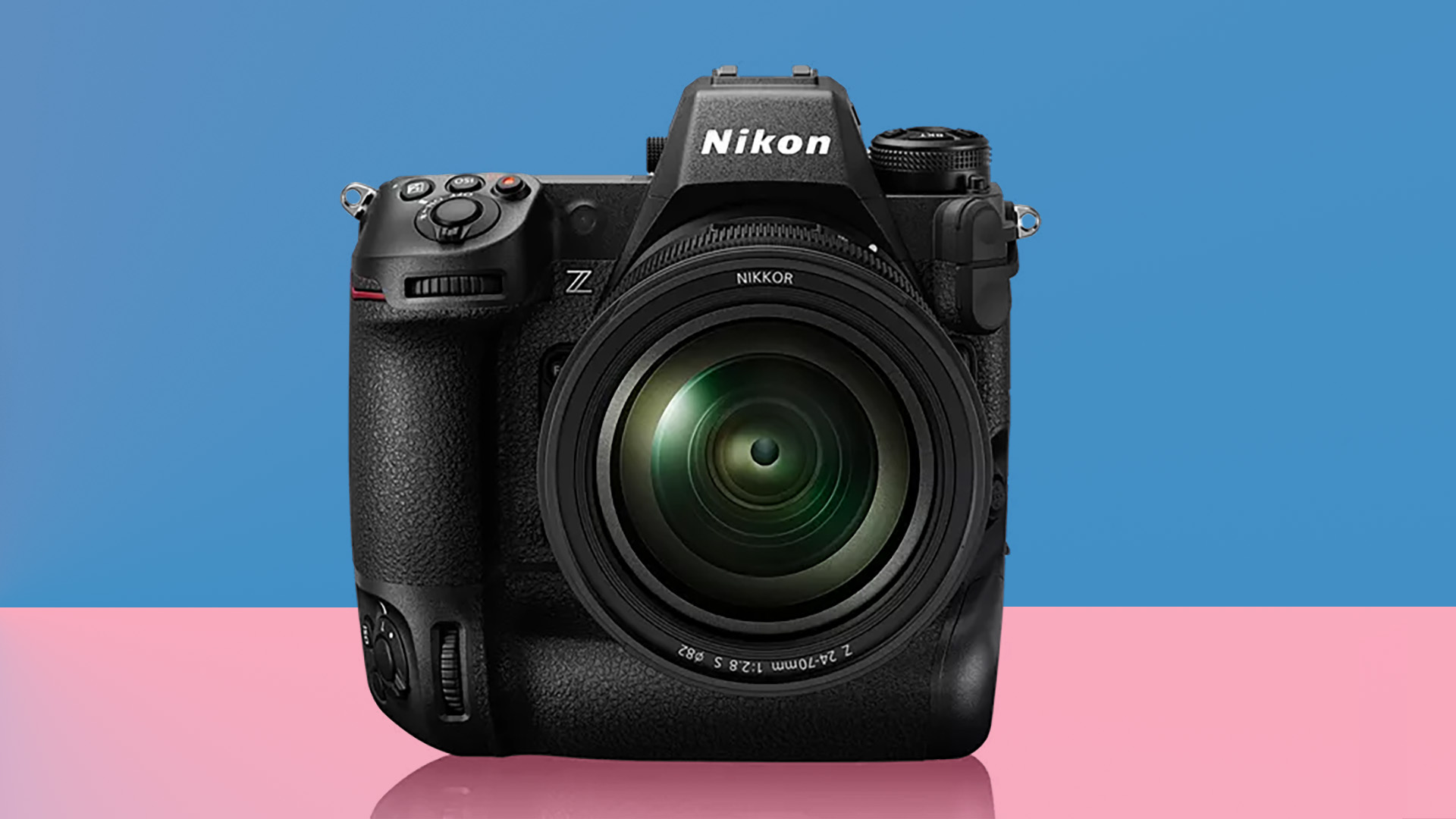
Early impressions
We're looking forward to finding out more about the Nikon Z9. Its confirmed move to a stacked full-frame sensor and 8K video is an exciting one for pro Nikon shooters, but that's about all we know so far in terms of confirmed features.
From the single image that's been released so far, it seems that the Nikon Z9 will differentiate itself from rivals like the Sony A1 and Canon EOS R5 by having a larger, pro-friendly body that will allow owners of cameras like the Nikon D6 to switch easily.
Based on the rumored specs so far, the Nikon Z9 seems to roughly match the performance level of the Canon EOS R5, with the higher price of the Sony Alpha A1. And so far there’s no word of anything as ambitious as the rumored specs for the Canon EOS R1, such as a global shutter.
However, we are still some way off the Nikon Z9’s expected release date, and there may be more compelling features we don’t know about yet. We'll be sure update this page as soon as they emerge through credible rumors of official confirmation.
from TechRadar - All the latest technology news https://ift.tt/3l4x1KF